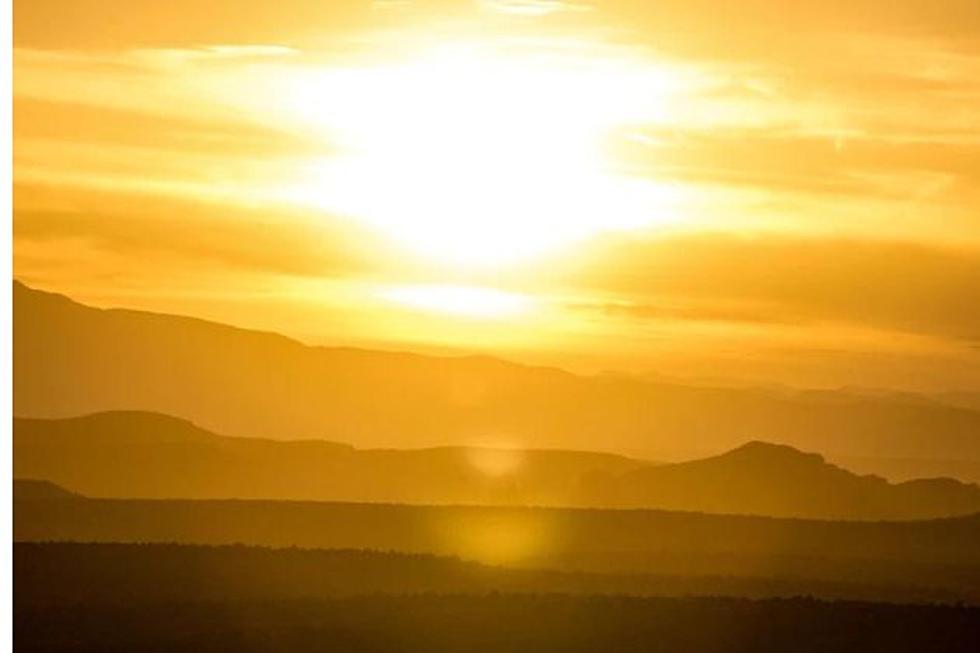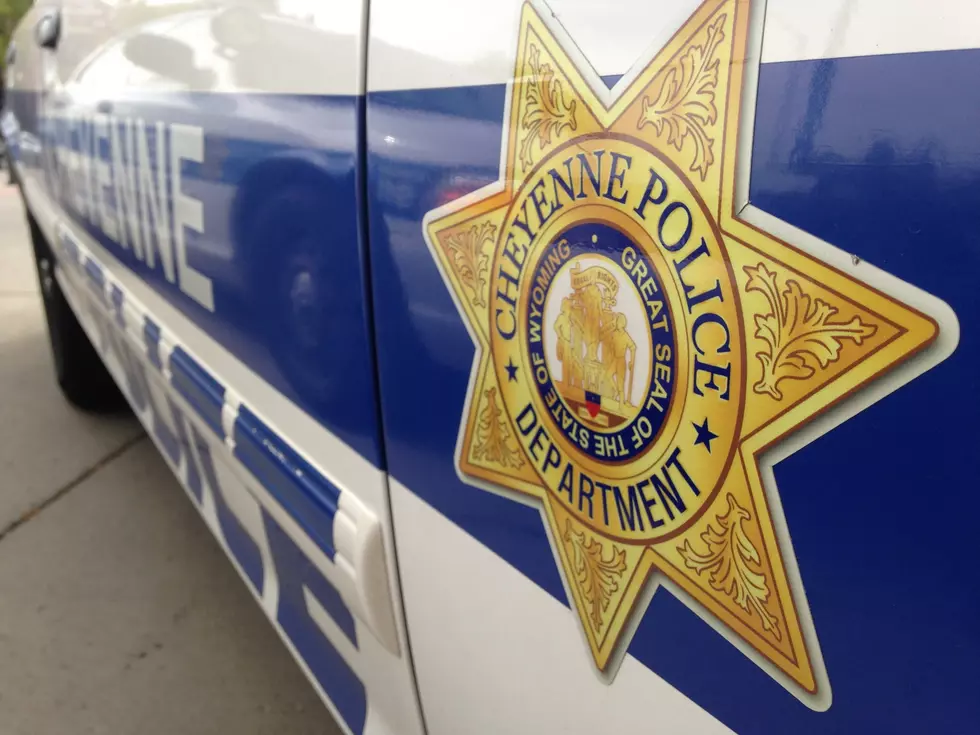
Yellowstone Visitors Be Warned: Do Not Venture into Bear Capture Areas
As part of ongoing grizzly bear and black bear research and management efforts and as required under the Endangered Species Act to monitor the population in the Greater Yellowstone Ecosystem, the U.S. Geological Survey, in conjunction with the National Park Service, is working to inform the public that grizzly and black bear capture operations are once again about to begin within Yellowstone National Park.
Biologists with the Interagency Grizzly Bear Study Team (IGBST) and Yellowstone National Park will begin field captures on May 1 and continue through Oct. 31.
None of the trap sites in the park will be located near established hiking trails or backcountry campsites, and all trap sites will have posted warnings for the closure perimeter. Potential access points will also be posted with bright warning signs for the closure area.
It is critical that the public heed these signs. Backcountry users who come upon any of these posted areas need to stay out of the area.
In order to attract bears, biologists use natural food sources such as fresh road-killed deer and elk. Potential capture sites are baited with these natural foods and if indications are that grizzly bears are in the area, culvert traps or foot snares will be used to capture the bears. Once captured, bears are supposed to be handled in accordance with strict safety and animal care protocols developed by the IGBST.
Whenever bear capture activities are being conducted for scientific purposes, the area around the site will be posted with bright warning signs to inform the public of the activities occurring. These signs are posted along the major access points to the capture site. It is important that the public heed these signs and do not venture into an area that has been posted.
10 of Wyoming's Most Dangerous Animals
The Top 23 Most Dangerous Jobs In America
Gallery Credit: Nick Northern
More From KGAB






